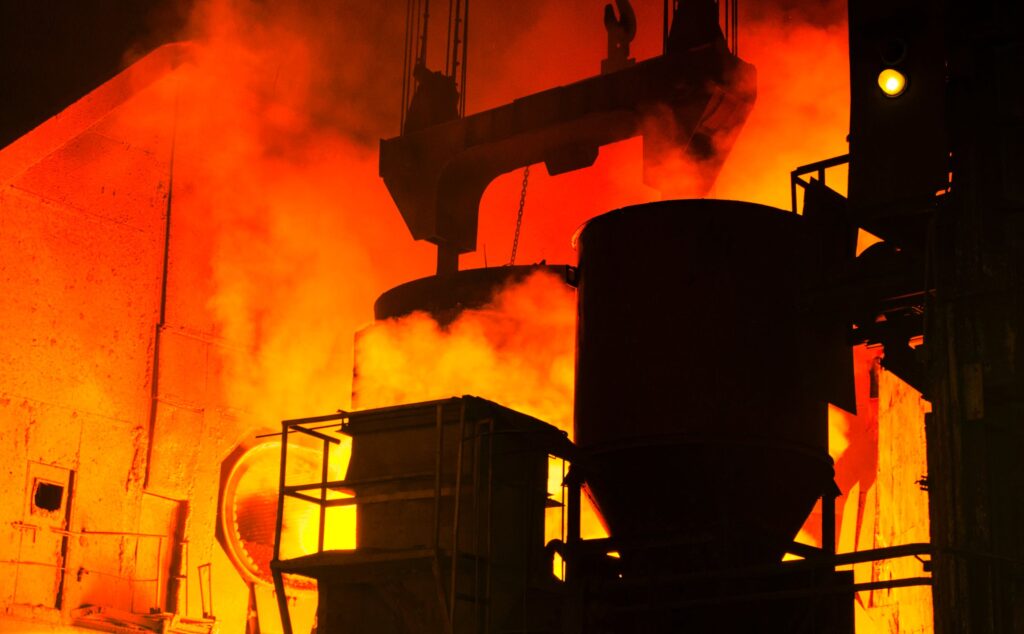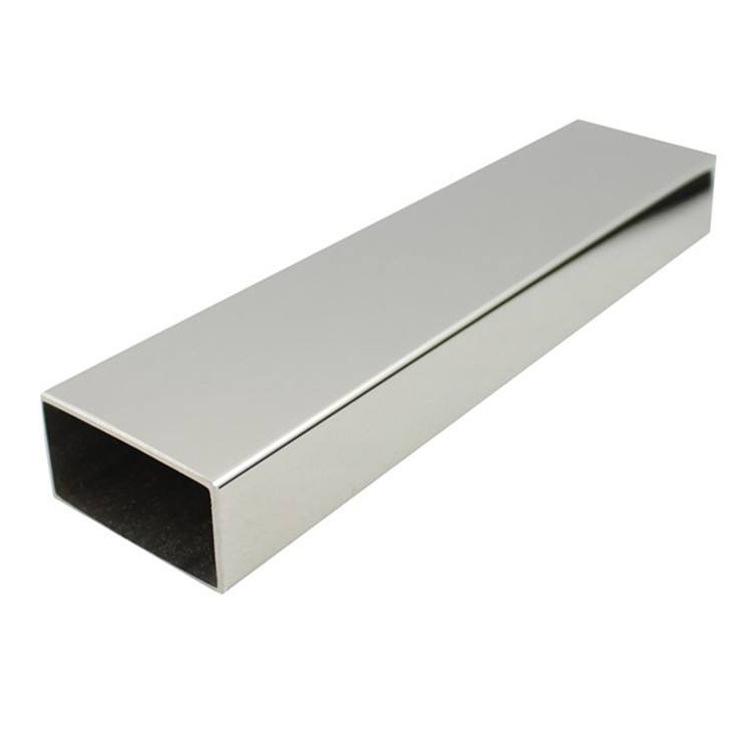The main difference between nickel alloy steel and austenitic stainless steel is the composition of the alloys. Austenitic stainless steel contains mostly iron, along with significant amounts of chromium, nickel, and sometimes other elements, while nickel alloy steel has a higher percentage of nickel and other alloying elements such as chromium, molybdenum, and iron.
Here are some key differences between nickel alloy steel and austenitic stainless steel:
Nickel Content:
Nickel alloy steel contains a higher percentage of nickel than austenitic stainless steel. Typically, nickel alloy steel contains between 10% and 80% nickel, while austenitic stainless steel usually contains less than 10% nickel.
Alloying Elements:
Nickel alloy steel contains a variety of alloying elements in addition to nickel, such as chromium, molybdenum, and iron, while austenitic stainless steel typically contains mainly chromium and nickel, with smaller amounts of other elements.
Corrosion Resistance:
Both nickel alloy steel and austenitic stainless steel have good corrosion resistance, but nickel alloy steel is often used in more corrosive environments, such as chemical processing, due to its higher nickel content and other alloying elements.
Temperature Resistance:
Nickel alloy steel generally has better high-temperature properties than austenitic stainless steel, due to the presence of high levels of nickel and other alloying elements.
Cost:
Nickel alloy steel is typically more expensive than austenitic stainless steel due to its higher nickel content and other alloying elements.
In conclusion, nickel alloy steel and austenitic stainless steel have some similarities, but nickel alloy steel contains a higher percentage of nickel and other alloying elements, making it more resistant to corrosion and high temperatures, but also more expensive. Austenitic stainless steel is generally less expensive and has good corrosion resistance, making it suitable for a wide range of applications.













